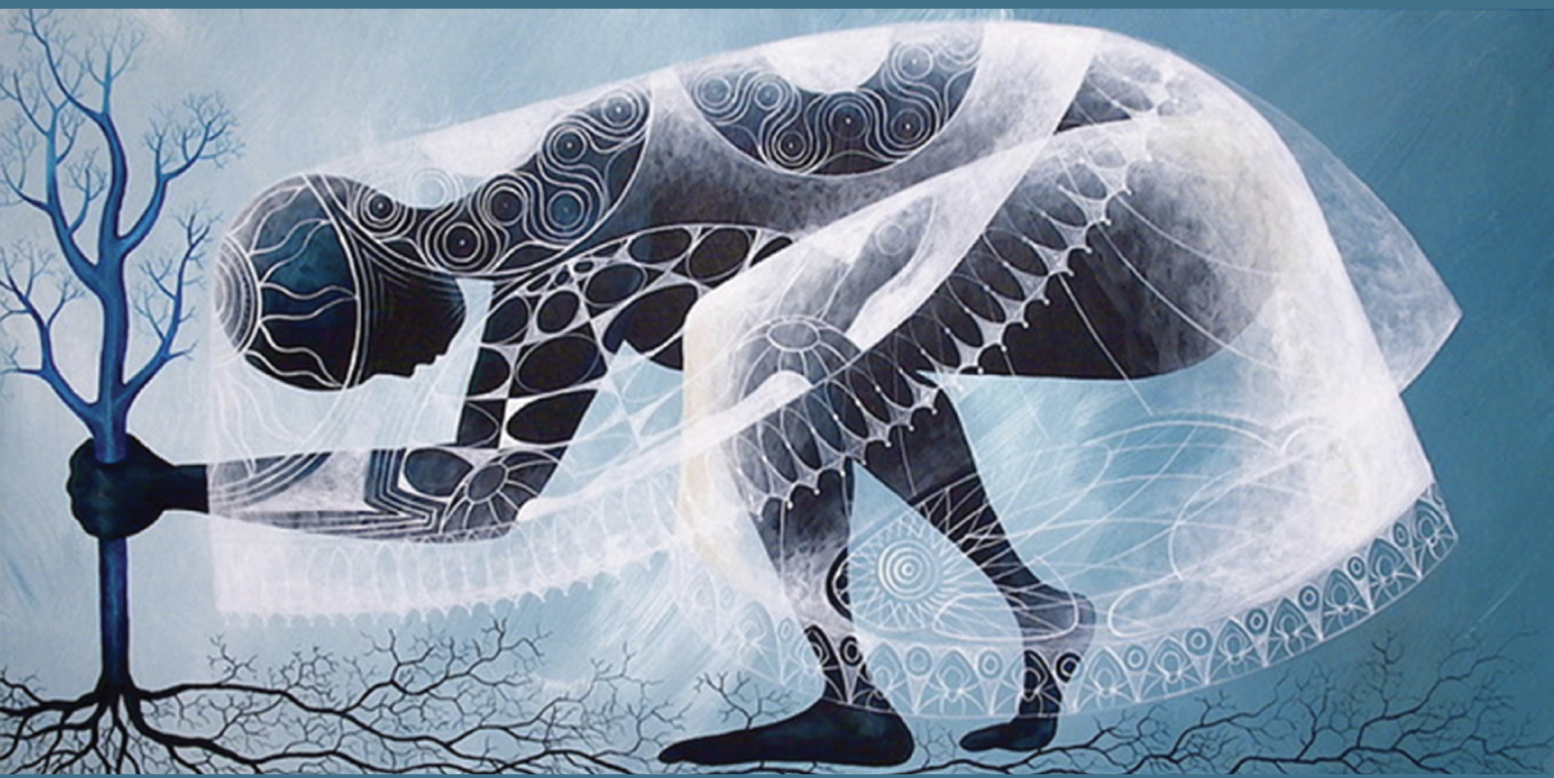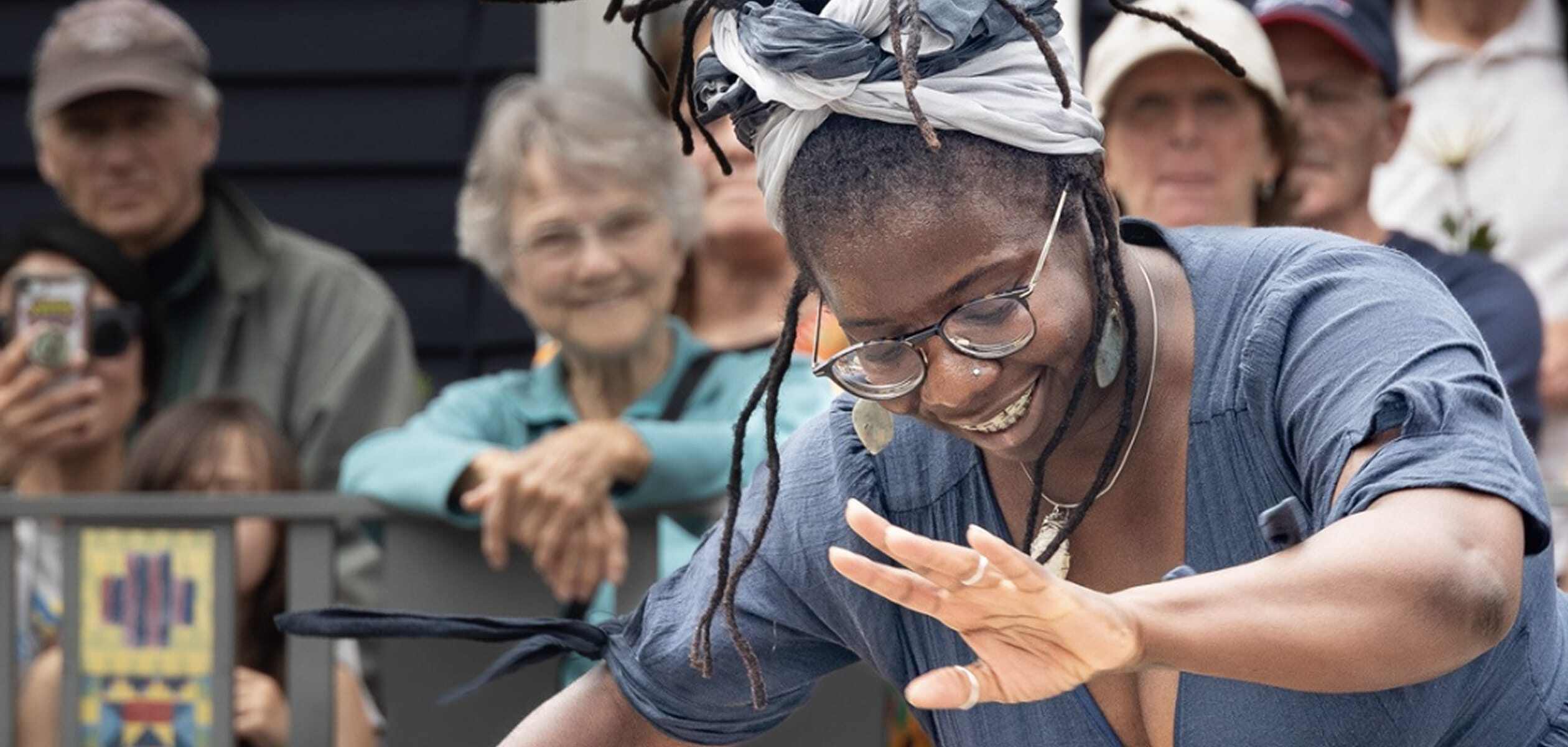
New Hampshire Black History Stories

Discover Little Known Figures from Black History in the Northeast
The Black Heritage Trail of New Hampshire, together with the Episcopal Church of New Hampshire, shares a collection of short stories about often-overlooked Black figures from New Hampshire and Maine.
These stories reveal the courage, achievements, and contributions of people whose lives have been hidden in history. By learning about them, you’ll gain a better understanding of our shared past and the important role Black Americans have played in shaping the Northeast.
Explore these stories, honor their legacies, and feel inspired by their impact.
Stories

Anthony Clark
Warner & Sutton
c. 1756 – 1856

Arthur L. Hilson
Portsmouth
(1936-2019)
Belle Brinkley Williams
Portsmouth
(1878 -1960)

Benjamin Darling
Harbor Island, Maine
1776 – 1829

Black Will
Kittery, ME
(? – died c. 1727)

Boston Bell
Bedford
(1746-1811)

Caesar Bradish
Henniker
(? -1808)

Cato Walker
Goffstown
(? – 1839)

Charles Hall
Newport
(? – 1893)

Coit Mountain Families

Edith Mary Green
Canterbury
(1879-1951)

Flora Stewart
Londonderry
(17?? – 1868)

Forever Unknowns
Throughout New England

Freeman Wallace
Exeter
(c. 1824 – 1916)

Haywood B. Burton
Portsmouth
(1878-1954)

Hazel Colbert and Clayton Sinclair Sr.
Kittery Point, Maine
HAZEL COLBERT SINCLAIR (1901-1995)
CLAYTON SINCLAIR SR (1906-1978)

Hopestill Cheswell & Wentworth Cheswell
Portsmouth & Newmarket
Hopestill Cheswell (c. 1712 – ?)
Wentworth Cheswell (1746-1817)

Inez Bishop
Manchester
(1927 – 2014)

John G. Cutler
Exeter & Hampton
(1833-1913)
Lot Little

Malaga Island

Marguerite (Campbell) Davis
Nashua
(1916 – 1983)

Mel Bolden
Loudon & Concord
(1919-2000)

Nero Prince
Henniker & Boston, MA
(? –c. 1834)

Oxford Tash
Exeter
(? – 1810)

Prince Hastings
Warner
(? – 1842)

Prince Walker
Concord
(c. 1726 – 1825)

Ransom Parker
Hopkinton & Providence, RI
(1806 – 1887)

Rev. Jeffrey Cambell
Nashua
(1910 -1984)

Reverend Thomas Paul
Exeter & Boston, MA
(1773-1831)

Rosary Broxay Cooper
Portsmouth
(1913-1997)

Salem Colby
Newport
(1750s – 1834)
Scipio Page
Simon Drock
Newport
(1760 – c. 1835)

The Brown Family
Portsmouth

The Sankee Family

The Wentworths
Hanover
Timothy Blanchard
Milford
(1791 – 1839)

Vivian E. Washington
Hanover
(1914 – 2007)

William Haskell
Warner
(1819-1896)
Sorry!
No items currently match your filtering criteria.

Upcoming Events

“A Knock at Midnight,” The Legacy of African American Speechmaking | EWH Tea Talks 2026 #1
Sunday, February 1 | 2:00 PM | Portsmouth Public Library | Portsmouth, NH
This opening conversation traces the evolution of Black speechmaking, from the fiery antislavery addresses of Frederick Douglass delivered here in New Hampshire to the soaring cadences of Sojourner Truth, W.E.B. Du Bois, and Malcolm X. Participants will explore how oratory served as both a survival strategy and a weapon of resistance, affirming African American speech as a vital force for social change.

"The Balm in Gilead", Black Preacher as Orator | EWH Tea Talks 2026 #2
Sunday, February 8 | 2:00 PM | Portsmouth Public Library | Portsmouth, NH
The Black preacher has long held a sacred and central role in African American public speech. Beyond their role as religious leaders, preachers have historically served as political voices, cultural transmitters, community organizers, and skilled rhetoricians. This dialogue explores how the pulpit evolved into both a sanctuary and a platform for liberation, influencing the moral and political discourse within communities.

“Unbound & Unbossed,” Black Female Oratory | EWH Tea Talks 2026 #3
Sunday, February 15 | 2:00 PM | Portsmouth Public Library | Portsmouth, NH
From the stirring voices of Sojourner Truth, Ida B. Wells, and Fannie Lou Hamer to contemporary trailblazers like Amanda Gorman and Imani Perry, Black women have advanced truth-telling through the power of speech. This discussion celebrates their rhetorical brilliance, unflinching advocacy, and unique ability to weave personal experience with collective struggle in the ongoing fight for justice and equality.

Additional Info
Many of these stories were collected as part of the Lenten Projected with the Reconciliation Commission of the Episcopal Church of New Hampshire. The Reconciliation Commission encourages parish study groups to read together Living into God’s Dream: Dismantling Racism in America, edited by Catherine Meeks, to learn more about the origins and meaning of “the Beloved Community” and the many ways the Spirit draws us closer to its realization.
